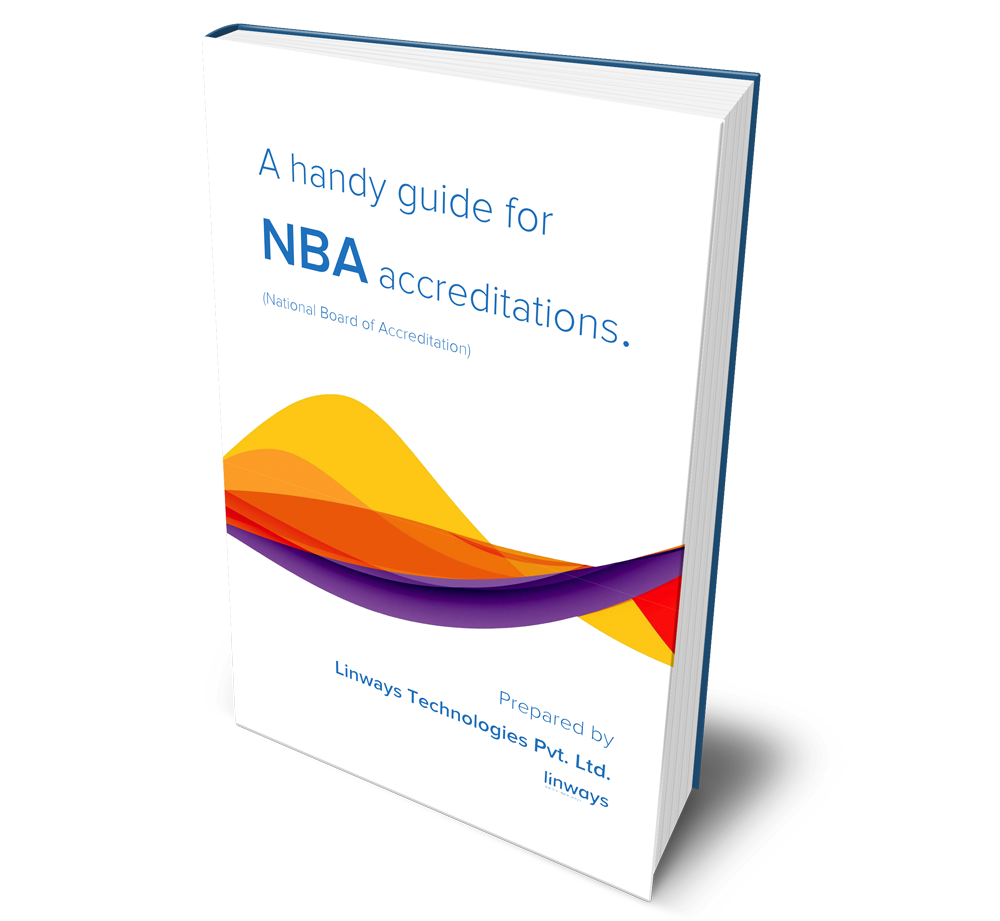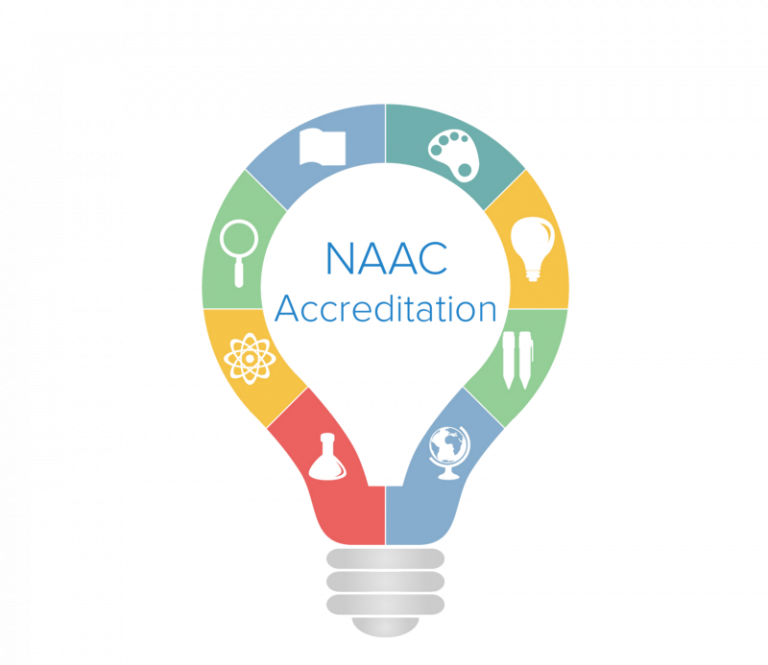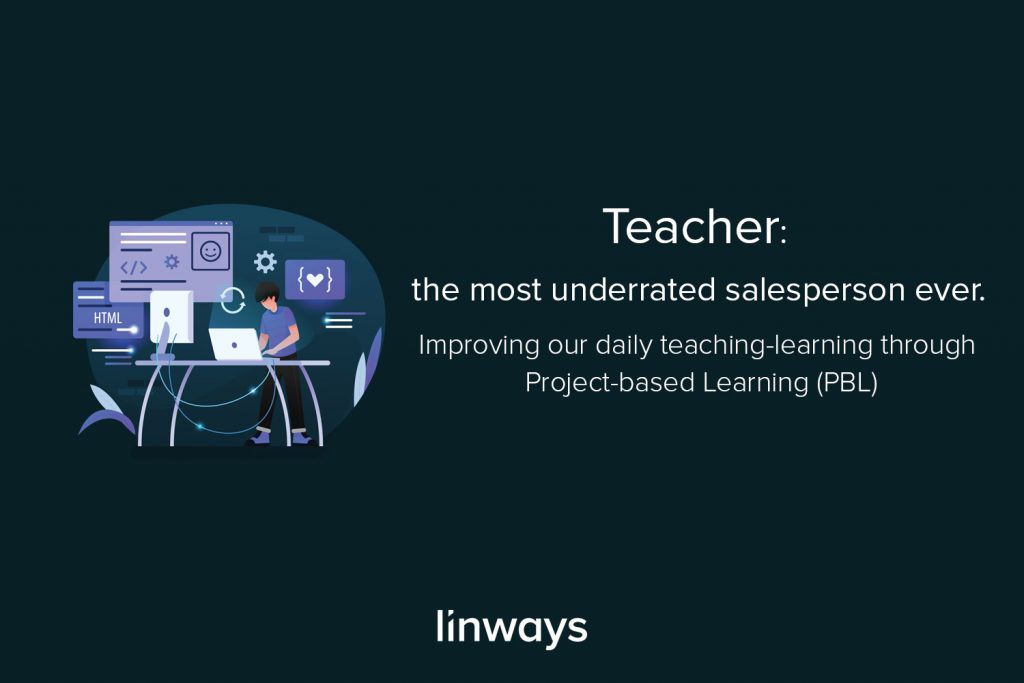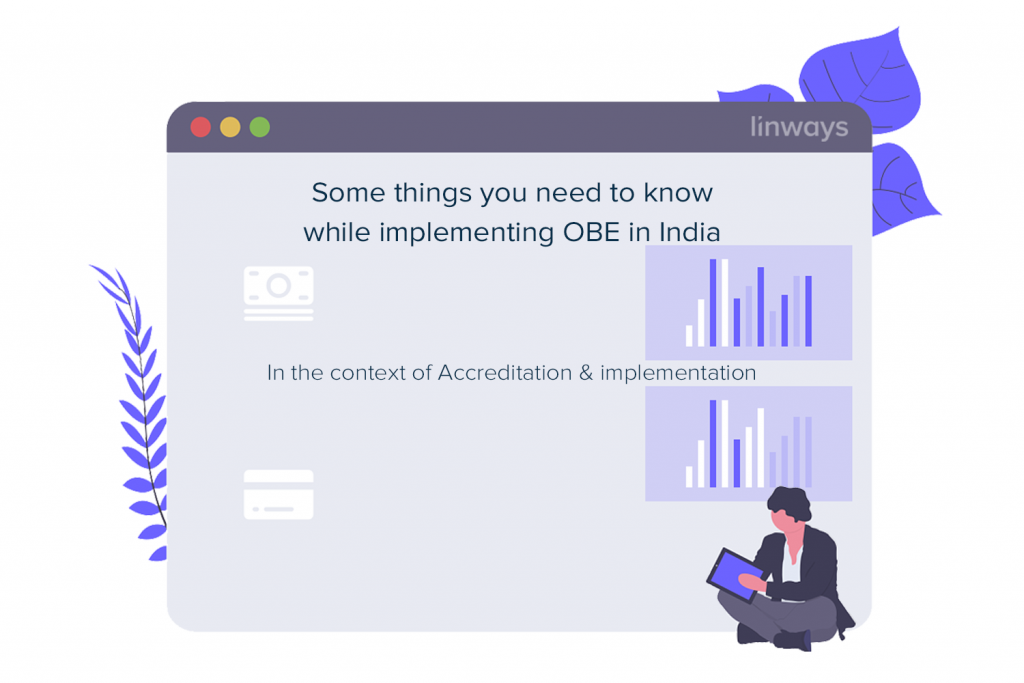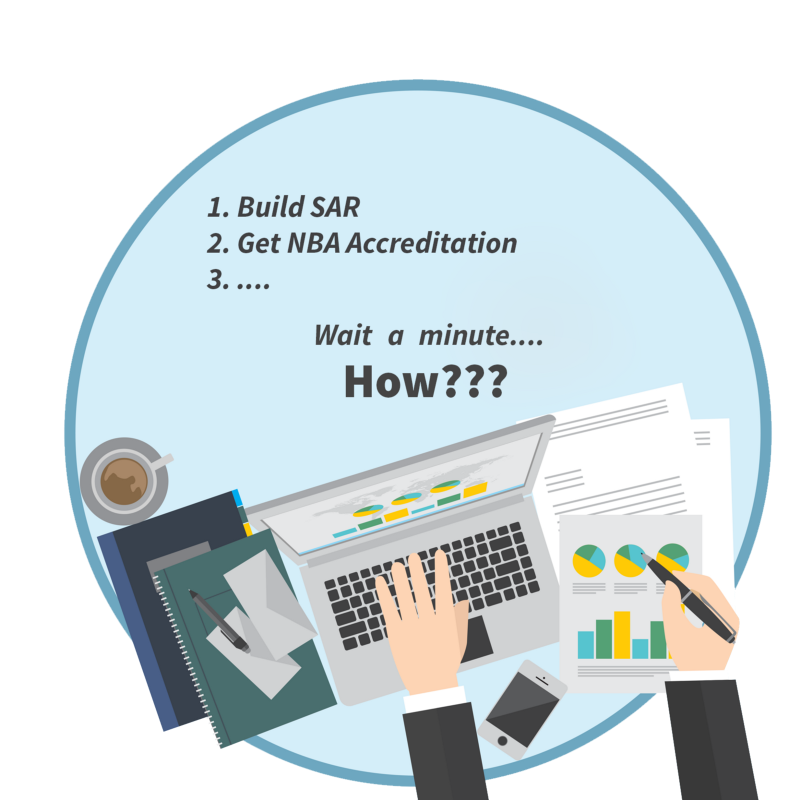
If education is always to be conceived along the same antiquated lines of a mere transmission of knowledge, there is little to be hoped from it in the bettering of man’s future. For what is the use of transmitting knowledge if the individual’s total development lags behind.– Maria Montessori
We’ve been taking things too generally during our former posts. Maybe it’s time to focus on the details.
check out our previous blogs:

So we decided to do some research on this and we found some interesting things which we like to share.
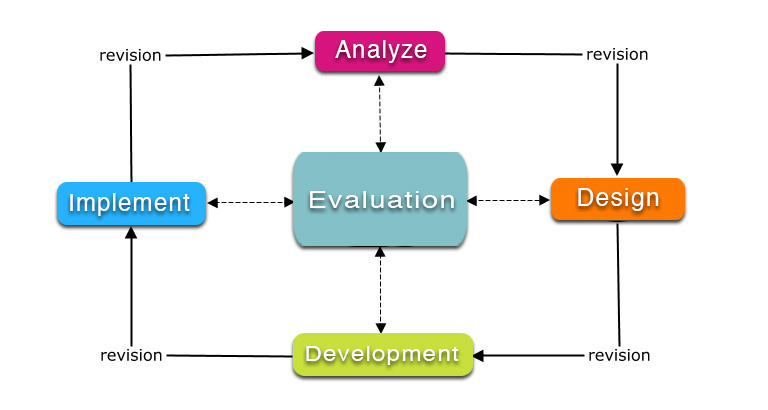

And moving down the lane, lets check out what a Self Assessment Report is and what the big deal about it is.
Now just to make sure you get the importance, here’s what an accreditation is briefly.
Accreditation
- Accreditation is a process of quality assurance and improvement, whereby a program in an approved Institution is critically appraised to verify that the program continues to meet and/or exceed the Norms and Standards prescribed by regulator from time to time.
- It is a kind of recognition which indicates that a program fulfills desired standards.
And the Accreditation serves to,
- Notify parents and prospective students that a program has met minimum standards.
- Notify faculty, deans and administrators of a program’s strengths and weaknesses and of ways to improve the program.
- Notify employers that graduates are prepared to begin professional practice.
- Notify the public that graduates are aware of societal consideration.
Based on our discussion with Dr. Ramkumar Sreedharan Nair, an educational expert with more than` 25 years of experience, Dr. T K Mani, former principal of model engineering college and several other educationalists,we came to know that the SAR is an inevitable part in getting a NBA accreditation. There are some specific steps for getting one. Here are some of the criteria to focus on while applying for one…
General guidelines for the preparation of Self Assessment Report by the Institution
1: Vision, Mission And Program Educational Objectives
While framing the Program educational objectives (PEO) the following points should be kept in mind:
- PEOs should be consistent with the mission of the Institution
- Stakeholders and faculty members should participate in framing the PEOs
- The number of PEOs should be manageable
- It should be based on the needs of the constituencies
- It should be achievable by the program
- It should be specific to the program and not too broad
- It should not be too narrow and similar to Program Outcomes.
There should be enough evidence and documentation to show the achievement of PEOs as set by the Institution with the help of the assessment and evaluation process that have been developed. Also show that this continuous process leads to revision / refinement of PEOs.
2.Program Outcomes
There must be a documented process in place to measure the attainment of defined POs and the defined COs must contribute to the attainment of POs.
Attainment of defined POs with respect to the Graduate Attributes (GAs) of NBA.
- Engineering Knowledge Problem Analysis.
- Design/development of solutions.
- Conduct investigations of complex problems.
- Modern tool usage.
- The engineer and society Environment and sustainability.
- Ethics.
- Individual and team work.
- Communication.
- Project management and finance.
- Lifelong learning.
Appropriate content delivery and assessment methods/tools should be employed in attainment of POs.
Curricular delivery and assessment methods should be amended based on the attainment of POs.Each PO must contribute significantly to achieve at least one of the PEOs.There must be a documented and effective process for the periodic review and revisions of these POs.
3.Outcome Based Education
The major emphasis of this accreditation process is to measure the outcomes of the program that is being accredited. Program outcomes are essentially comprised of a range of skills and knowledge that a student will have upon graduating from the program. These outcomes are also aligned with graduate attributes of Washington Accord. The mandatory A-K outcomes as listed in part III are from ABET’s guidelines. However, an institution is free to add more outcomes if they feel the need to do so. The outcomes as listed in the SAR are observable, measurable and prepare graduates to obtain the PEOs.
4.Measurement of Program Outcomes
Program outcomes basically describe knowledge, skills and behavior of students as they progress through the program as well as by the time of graduation. Assessment of these outcomes may be done by direct and indirect methods. Direct methods of assessment are essentially accomplished by the direct examination or observation of student knowledge or skills against measurable performance indicators. On the other hands, indirect methods of assessment of outcome are based on ascertaining opinion or self-reports.
5.Development of Rubrics
A rubric basically articulates the expectations for student performance. It is a set of criteria for assessing student work or performance. Rubrics are particularly suited to learning outcomes that are complex or not easily quantifiable for which there are no clear ‘right’ or ‘wrong’ answers or which are not evaluated with standardized tests or surveys. Assessment of writing, oral communication or critical thinking often requires rubrics. The development of different Rubrics and the achievement of the Outcomes need to be clearly stated in the SAR (preferably in appendix). However, the detailed documentation for the development of Rubrics must be available to the Visiting Team.
6.Continuous Improvement
The program must develop a documented process for the periodic review of PEOs and POs. The results of this review are systematically utilized to improve the program. The continuous improvements in PEOs and POs need to be validated with proper documentation.
7.Curriculum Development and Refinement
The Institution must ensure that the curriculum that has been developed at the time of inception of the program must be refined in the subsequent years in order make it consistent with the PEOs and POs. The affiliated colleges which follow the curriculum of the affiliating University, they need to document how they are addressing the issue of curriculum refinement.
8.Faculty Members for the Program
The program must have sufficient number of qualified faculty members to accommodate the needs of the different components of the curriculum of the program. Besides classroom teaching they need to cover activities such as interaction with students, mentoring, counseling, faculty development initiatives, professional society developments, industry — institute interactions, administrative work and training and placement of students.They should also provide guidance and engage themselves in the process of accreditation for the continuous improvement of the educational objectives and outcomes of the program.
9.Infrastructural Facilities
The Institution must provide adequate infrastructural facilities to support the achievement of student outcomes.
The laboratories must be equipped with computing resources, equipment and tools relevant to the program.
Equipment of the laboratories should be properly maintained and upgraded so that the students can attain the student outcomes. There should be appropriate guidance for the students for using the equipment, tools, computers and laboratories.
10.360 degree Feedback
360 degree feedback has been used by learning and development professionals for many years to help individuals and organizations improve their performance and effectiveness. It is a powerful tool that helps in becoming more effective by understanding how everyone else sees others, their performance, behavior and attitudes. Appraisal 360 works by gathering the opinions of a number of people. A series of carefully structured questions prompt one to assess skills in a number of key areas. A number of other people are then asked to give their perception by answering a set of questions, which are then compiled into a feedback report. It is envisaged that such feedback will help in bringing transparency and objectivity in the evaluation process which will help in improving quality of the accreditation process, the cherished goal of all the stakeholders.
11.Do’s and Don’ts for filling-in the SAR
Do’s: SAR must
- Be concise, pointed and adequate in length and breadth for the purpose of accreditation.
- Provide relevant information as per format specified for individual Program
- Be printed on one side of paper with double spacing, using font 12 times new roman, with at least one inch (2.54 cms) margin on all sides
- Be enclosed with vague photocopies of the documents
- Ensure that care is taken while compiling the data and the data provided is authentic
- Present data properly in appendices with charts, graphics and visuals wherever applicable
- Provide relevant data for the past three years, unless it is specified otherwise in the respective Program manual. The documents should be submitted as hard copy in soft bound form and mailed to NBA, New Delhi. Soft copy should be uploaded on the NBA website.
Don’ts:
- Original documents attached with SAR.
- Publications such as Books, Journals, Newsletters, Thesis, etc.
After the institution has prepared the SAR, there will be a visit from the NBA by the authorised officials to determine the authenticity of submitted report and to evaluate and testify about the various factors of the institution regarding the accreditation. During the visit, the Institution and their representatives should clarify the purpose/mission/vision of the institution and how the academic Programs have evolved.
The general preparation of the SAR, the institution needs to attain a certain minimum mark based on each criteria, in order to get the accreditation.
The minimum mark is:
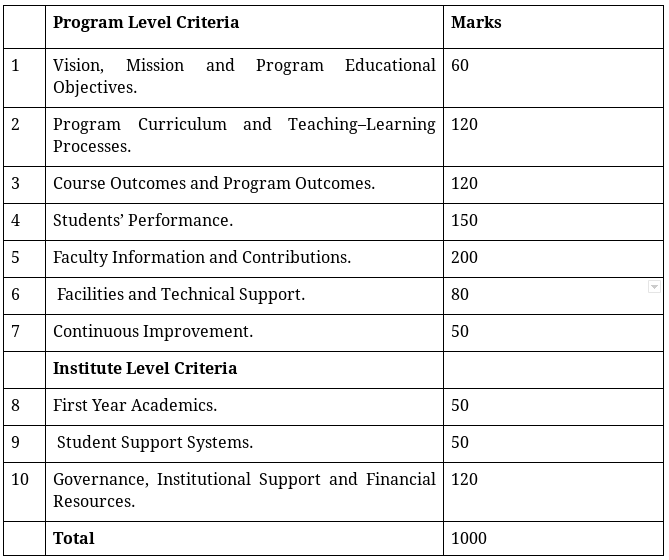
Now this may seem a little broad and missing some in-depth details. Well that’s just too much information for one blog right??. But don’t worry, because we are diving deeper into all those topics and on the steps on how to generate a SAR one by one in our next blog and check that out for more details.
Subscribe for more NBA updates and teaching-learning resources from Linways.
Courtesy
Dr.Indu Nair (Director at SCMS Group of institutions),
Dr.Somi sebastian (Principal at Sree Buddha college),
Mr.Muruganantham P (Associate professor at SAINTGITS,kottayam),
Mr.Jose Martin (Associate professor at RIT, pampady),
Mr.Pramod S (Associate Professor,HOD ,VKCET,paripally),
Mr.MahaLingam (Assistant Professor at MITS,Ernakulam)


